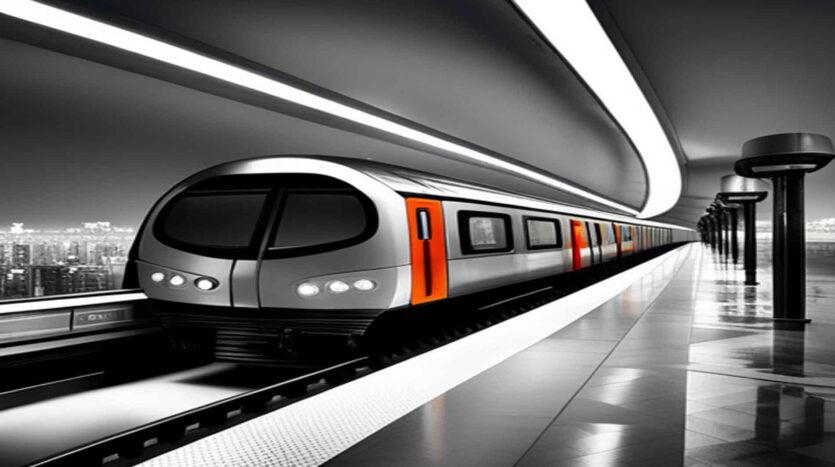Delhi Metro: Revolutionizing Urban Transportation
In the bustling metropolis of Delhi, a transportation marvel has emerged, transforming the way people commute within the city. The Delhi Metro, India’s largest rapid transit system, has become a symbol of efficiency, convenience, and progress. Since its inception, this modern transport network has not only eased the daily commute for millions but has also significantly contributed to reducing traffic congestion, air pollution, and travel time.
In this blog, we will delve into the many facets of the Delhi Metro, exploring its history, infrastructure, benefits, and impact on the lives of Delhiites.
History and Expansion
The Delhi Metro had its humble beginnings in 2002, with the opening of the Shahdara to Tis Hazari corridor, comprising just six stations. Over the years, it has expanded at an impressive pace, now encompassing multiple lines, interconnecting major areas of the city and its suburbs. The metro network has witnessed several phases of expansion, reaching far-flung corners of Delhi and extending into the neighboring states of Uttar Pradesh and Haryana.
State-of-the-Art Infrastructure
The Delhi Metro boasts state-of-the-art infrastructure, blending modern technology with aesthetic design. The stations are equipped with escalators, elevators, and ramps to ensure accessibility for all, including senior citizens and people with disabilities. The trains themselves are a marvel of engineering, offering air-conditioned comfort, spacious seating, and designated compartments for women and priority seating for the elderly. The advanced signaling systems, automated fare collection, and real-time passenger information add to the overall efficiency of the system.
Seamless Connectivity
One of the most significant advantages of the Delhi Metro is its ability to seamlessly connect various parts of the city. Commuters can travel from the farthest suburbs to the city center without the hassles of traffic congestion. The metro network integrates with other modes of transportation, such as buses, allowing for easy interchanges and providing commuters with a comprehensive transportation solution.
Benefits and Impact
The Delhi Metro has had a transformative impact on the lives of Delhiites. Firstly, it has significantly reduced travel time for millions of commuters, allowing them to reach their destinations quickly and efficiently. Moreover, it has played a vital role in curbing pollution levels and reducing the city’s carbon footprint by encouraging the use of public transportation over private vehicles.
The metro has also stimulated economic growth along its corridors, attracting commercial establishments and contributing to the development of new residential areas. Additionally, it has provided employment opportunities, directly and indirectly, through its construction, operations, and maintenance.
Challenges and Future Plans
While the Delhi Metro has undoubtedly revolutionized urban transportation, it faces its fair share of challenges. The system is continually expanding to accommodate the city’s growing population, leading to concerns about maintenance and overcrowding during peak hours. However, plans are underway to address these challenges, including the introduction of new metro lines, increasing the frequency of trains, and implementing crowd management strategies.
Conclusion
The Delhi Metro stands as a shining example of successful urban planning and infrastructure development. It has not only revolutionized commuting in the city but has also become an iconic symbol of progress. As Delhi continues to grow, the metro system will remain a lifeline, meeting the transportation needs of millions while promoting sustainability and economic development.
With its impressive infrastructure, connectivity, and countless benefits, the Delhi Metro remains a testament to the power of visionary planning and engineering excellence.



